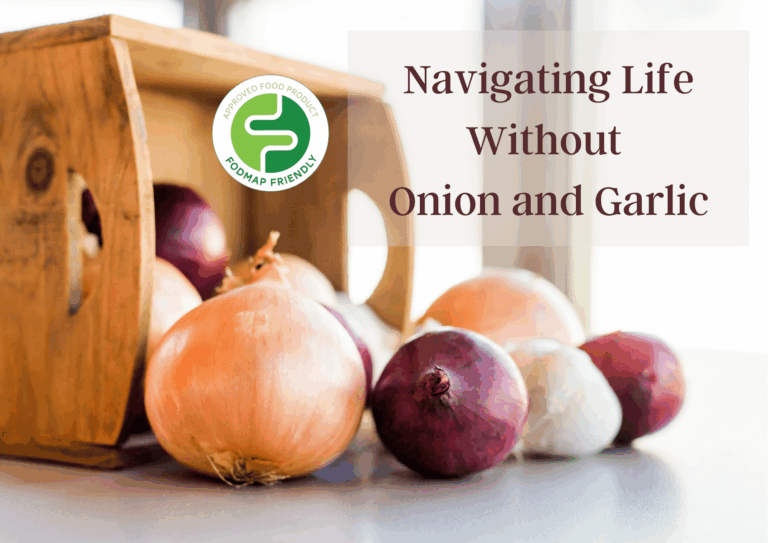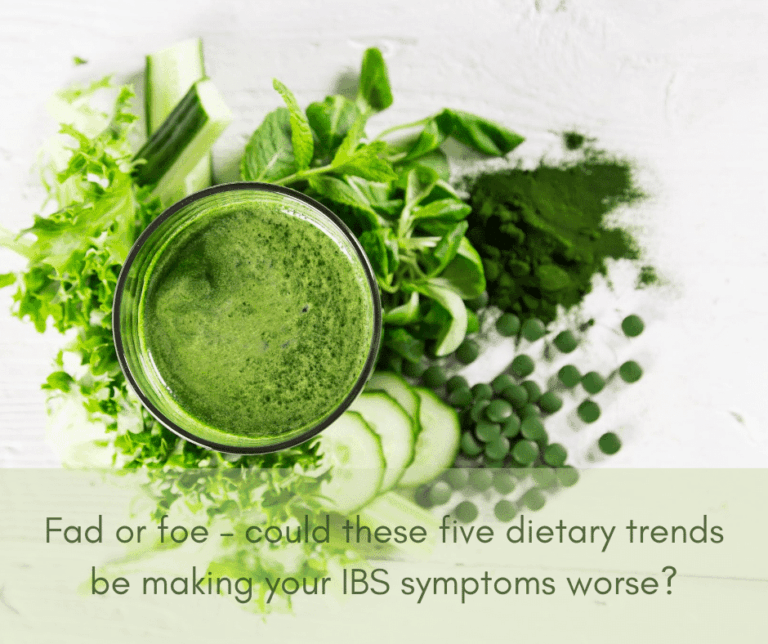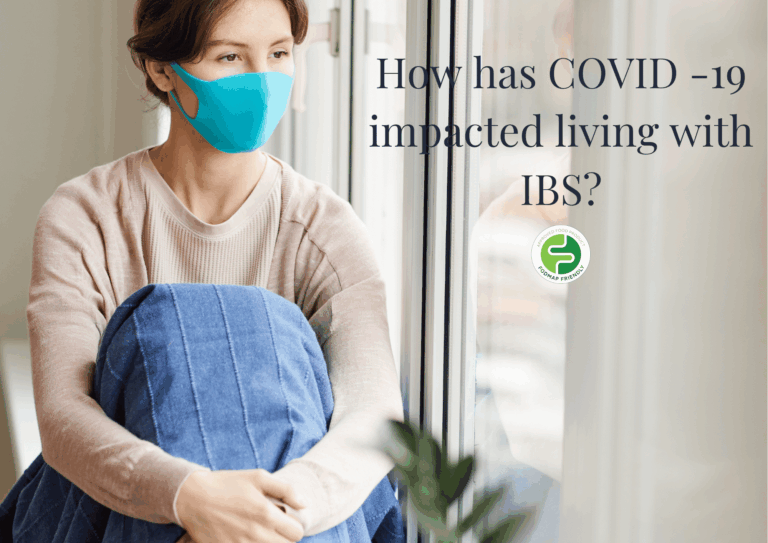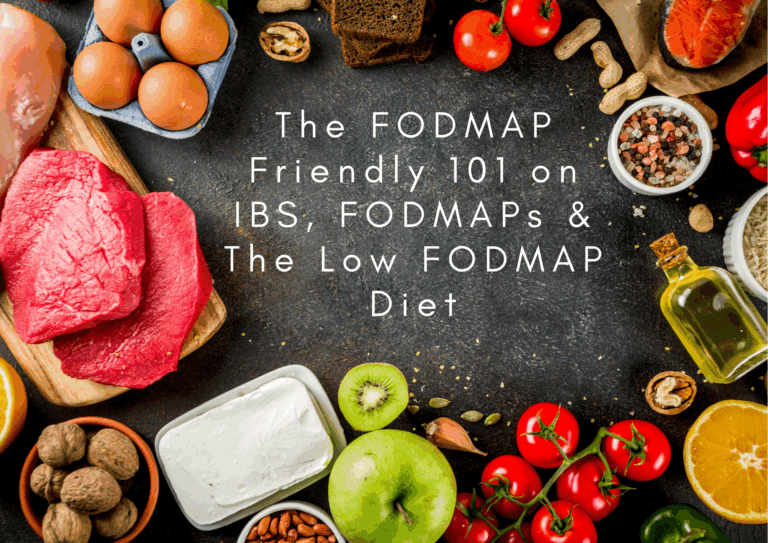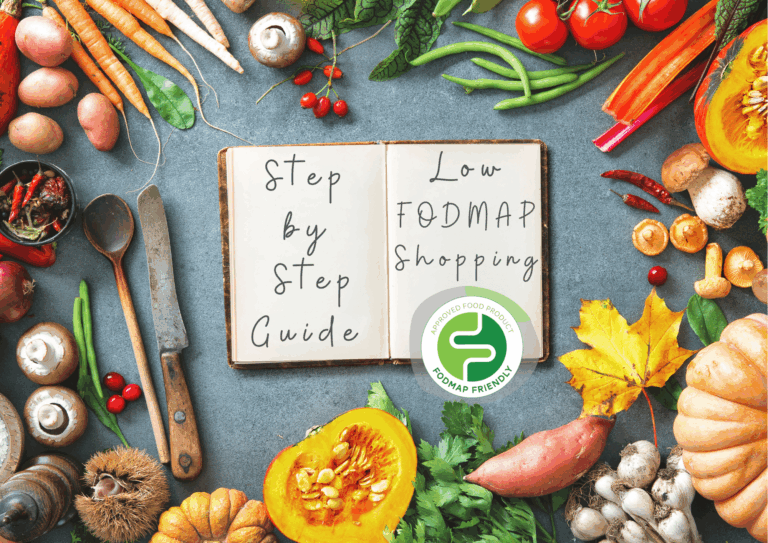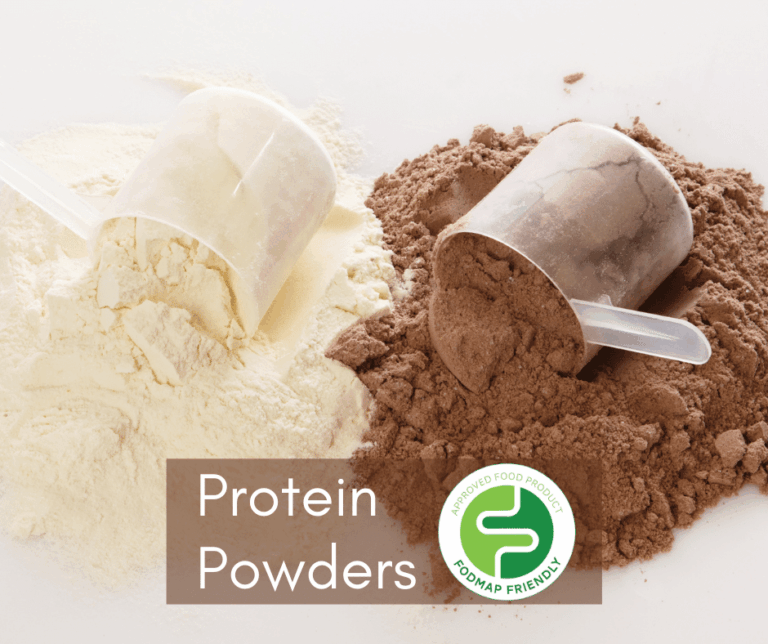
Maintaining weight on the low FODMAP diet
When you hear people say the word ‘diet’, it’s only normal to think that you need to eat lots of vegetables and fruit, and have no chocolates or sweets. The word ‘diet’ has been morphed into something which is commonly associated with weight loss, but not all ‘diets’ are developed for just that one goal! The low FODMAP diet was specifically developed with the overall aim of reducing gastrointestinal symptoms (such as bloating and stomach pain) associated with Irritable Bowel Syndrome (IBS), rather than promoting weight loss. IBS is a bowel disorder associated with abdominal pain, bloating, excessive flatulence and a change in stool type/consistency. These symptoms occur in those with IBS who have difficulties absorbing certain carbohydrates (which we refer to as FODMAPs) within the intestines.

Reasons for weight loss
Whether or not you are following a diet, minor weight changes/fluctuations are generally considered as normal. Each day we eat different foods in differing amounts, we drink a different amount of water, and we may go to the bathroom less or more, all of which to an extent, impact your weight.
It’s important to clarify that the goal of the low FODMAP diet is not for weight loss at all. As mentioned, the diet is aimed at helping to control and reduce IBS symptoms by identifying and eliminating possible trigger foods. Some people may experience slight weight loss when beginning the diet, due to various reasons.
Firstly, ensure it has been confirmed that you have IBS by speaking to your doctor or gastroenterologist. If other diseases have not yet been ruled out from your GP (e.g. Coeliac Disease, Inflammatory Bowel Diseases, Bowel Cancer), it is very important to seek medical advice before starting the diet. Weight loss can occur in many other gut-related conditions like coeliac disease, so it is vital to make sure you have been tested for these as the medical management and treatment of these conditions are different to IBS management.
There are some potential reasons as to how weight loss may occur whilst following the diet, providing other gut-related conditions have been ruled out:
1. Have you ever been nervous to eat a food in fear that it may cause unpleasant symptoms, and would rather stay hungry? Fear of food is a big one! Avoidance of foods can result in eating a lot less than usual and this may mean that your body doesn’t have enough fuel to maintain weight. So how do you know what foods you can eat on the low FODMAP diet? By using the FODMAP Friendly App, this takes the stress out of not knowing what foods may cause you symptoms. By simply searching the type of food, the App will tell you whether a food is low FODMAP. We are regularly updating the App to have the most up-to-date information.
2. Not feeling hungry due to unpleasant symptoms? Abdominal pain, flatulence and constipation/diarrhoea can all affect your appetite and therefore, the amount of food you eat. If this is occurring, seek out advice from a FODMAP trained dietitian to aid you in your IBS journey. A dietitian will help recommend suitable portion sizes, meal timings and food combinations to help maintain a regular eating pattern if your appetite is fluctuating.
3. You’re not eating enough variety of food on the diet. When starting the elimination phase, some people stick to a very limited number of low FODMAP foods and often also miss meals/snacks. When we take something out of the diet, we need to add something back in to make up for the nutrients, energy and flavour we’re not getting. Luckily, there are plenty of low FODMAP foods that can be included in the diet. No whole food groups are entirely off-limits on the diet either, meaning there is almost always a suitable substitute for the high FODMAP foods you may usually eat prior to beginning Phase 1/initial phase of the low FODMAP diet. (for example: swap flavoured crackers and dip for rice crackers, lactose free cheese and a handful of peanuts. Or swap a high FODMAP fruit such as an apple for a low FODMAP alternative, kiwi fruit).

What to do if you’re losing weight on the low FODMAP diet
If you have noticed you have started losing weight while following the low FODMAP diet, there are several tips and tricks to aid you in returning back to your usual weight.
1. Consider seeing a FODMAP trained dietitian to assist you in reaching your nutrition goals and guide you in your low FODMAP diet journey.
2. Consume small frequent meals, aiming for 3 main meals as well as 3 snacks throughout the day.
3. Aim to include protein in every meal, such as eggs, meats, dairy, cheese etc. (See our App for low FODMAP serving sizes).
4. Try to make every meal count. Substitute lower calorie drinks and meals with higher calorie alternatives. For example, substitute tea or coffee for a chocolate milk or smoothie (of course check that it’s low FODMAP on our App). Or substitute a packet of popcorn for lactose free yoghurt with low FODMAP muesli.
5. Have low FODMAP, easily accessible snacks on standby such as yogurt with low FODMAP muesli, tuna & crackers, and lactose free cheese & crackers. Having ready to eat snacks in the fridge or cupboard is less preparation for you, so, whenever you feel peckish, grab a snack and cure your hunger cravings.
Summary
In summary, the low FODMAP diet was specifically developed to aid in the relief of gastrointestinal symptoms. Whilst some people may notice weight loss on the diet, it’s important to remember that weight loss is not the goal, rather the easing of symptoms. If you have lost weight while following the diet, make sure you’ve firstly seen your doctor to rule out other gut conditions and then, consider reaching out to a FODMAP trained dietitian to support you in your low FODMAP diet journey. Eating regular meals through the day, increasing snacking, and ensuring you are consuming protein at every meal will all aid in maintaining your weight. As always, see a Dietitian for more personalised support for your diet.
Written by: Nicole Reynolds, Accredited Practicing Dietitian
Reviewed by: Ijmeet Maan, Accredited Practising Dietitian
